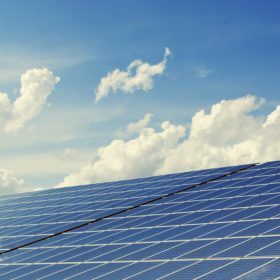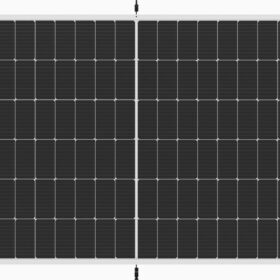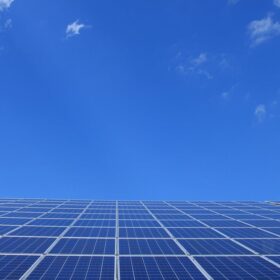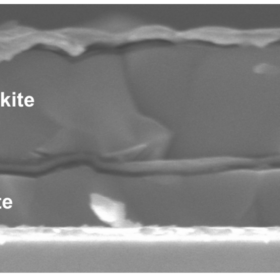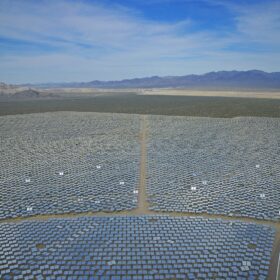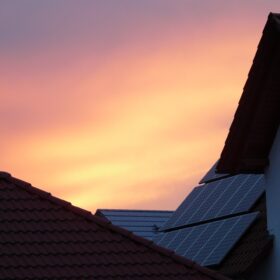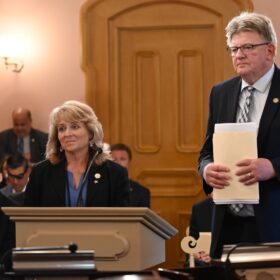Mission Solar introduces modules for C&I and utility-scale
The residential solar panel manufacturer introduced large format bifacial solar modules for larger projects.
Generac introduces residential EV charger
The Level 2 charger offers between 25 and 30 miles of charge per hour.
SolarEdge aims to qualify for U.S. domestic content incentive
The company has brought over 1,500 new jobs to the U.S. through contract manufacturing facilities.
IEA-PVPS identifies 456 patents in PV module recycling
The IEA Photovoltaic Power Systems Programme’s (IEA-PVPS) latest report on solar panel recycling offers a comprehensive review of all existing technologies in this market segment, from pure mechanical recycling to innovative techniques such as as light pulse treatment, water-jet cleaning, pyrolysis, and chemical treatments.
Fracsun introduces AI-powered solar soiling loss simulator tool
Dust, dirt, and debris can cause losses to solar production. Fracsun introduced software for measuring potential losses at a given project location.
GoodWe unveils double-glass TOPCon bifacial solar modules
GoodWe has developed new double-glass tunnel oxide passivated contact (TOPCon) bifacial solar modules for its Polaris series, available in 530 W and 580 W variants.
IRENA calls 16.4% annual renewable growth to hit COP28 targets
Statistics from the International Renewable Energy Agency (IRENA) shows that if the world were to continue with a 14% annual growth rate in renewables capacity, as seen in 2023, it will fall 1.5 TW short of meeting deployment targets set at COP28.
Bifacial PV, single-axis tracking produces cheapest electricity, says IEA-PVPS
The IEA Photovoltaic Power Systems Programme’s (IEA-PVPS) latest factsheet covers bifacial PV modules and advanced tracking systems. It says a combination of bifacial modules with single-axis tracking could increase energy output by up to 35%.
Solar supply chain, technology trends, and policy update
A report from Clean Energy Associates (CEA) provides the latest on global and regional solar supply chains, technological trends, and market impacts from policy.
All-perovskite tandem solar cell based on tin-lead perovskite achieves 27.8% efficiency
Scientists in the United States have fabricated an all-perovskite tandem solar cell that reportedly shows reduced interfacial energy loss in the cell’s top device. It was built with a hole transport layer based on a compound known as P3CT that was doped with lead iodide.




